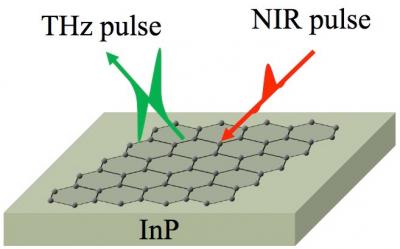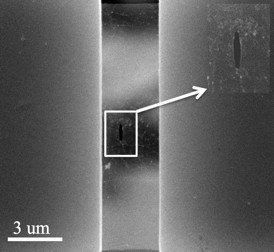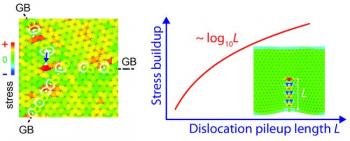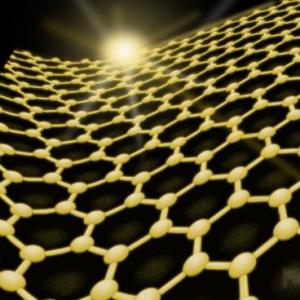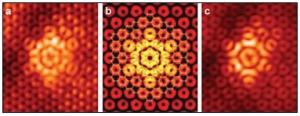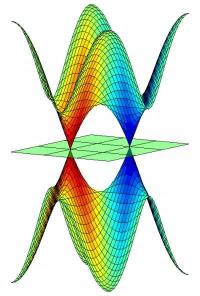Heating of grain boundaries in graphene
Researchers at the University of Illinois Urbana-Champaign and the Oak Ridge National Laboratory declared their discovery on heating of the grain boundaries in a graphene sheet (the nanoscale defects where individual grains of graphene stitch the sheet together) when the material is made into a functioning transistor. While this new discovery implies potential for early device failure, the defects themselves might be exploited to make phase-change memories and better graphene-enhanced sensors.
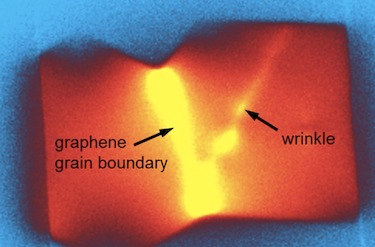
The team measured the nanoscale temperature increases in hexagonal grains of graphene grown by CVD using a technique called Joule Expansion Microscopy (SJEM) - a thermometry technique that works using an atomic force microscope (AFM). The tested graphene transistor was coated with a layer of polymer that expands upon transistor heating, measuring graphene’s expansion and converting the expansion into temperature increase by careful calculations.
